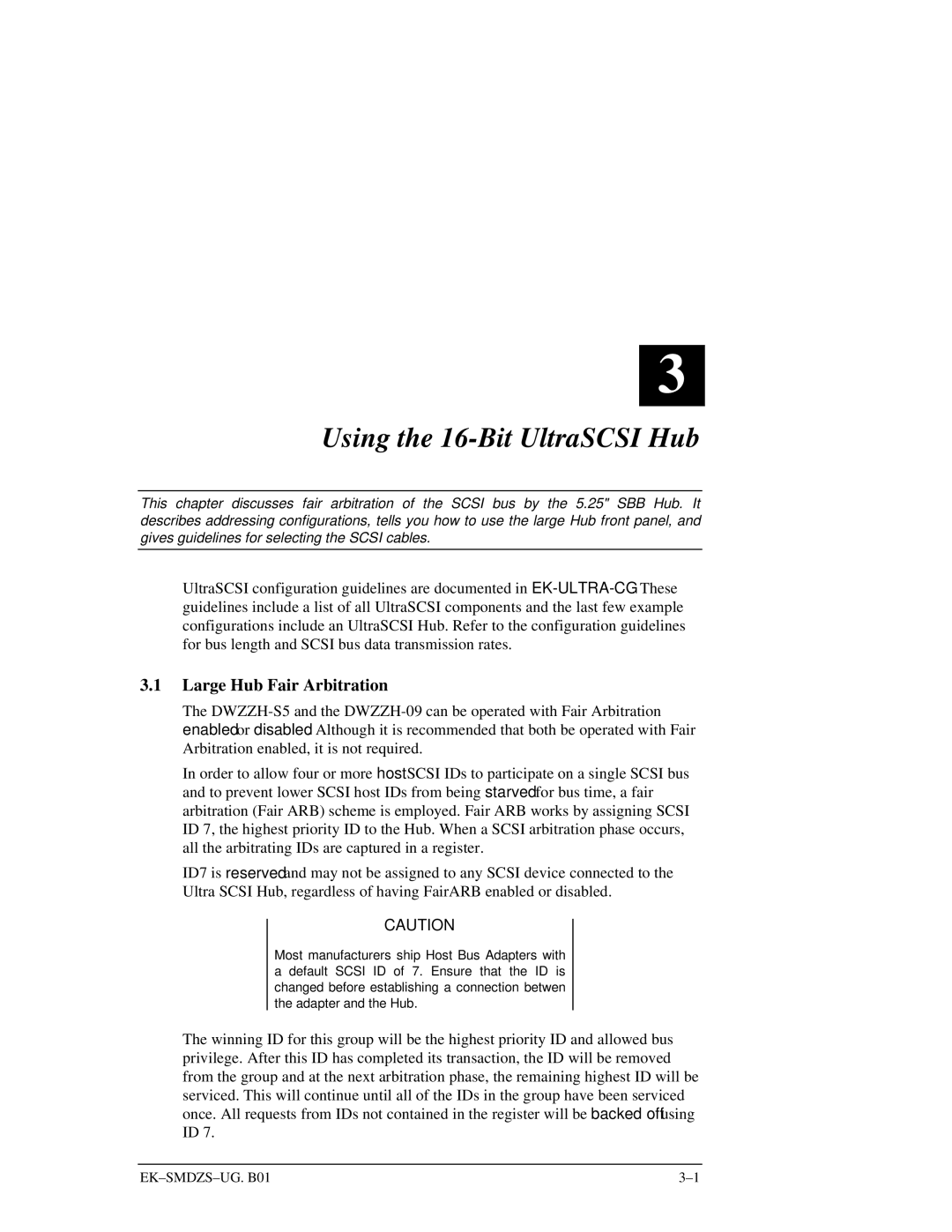S5 specifications
The Compaq S5, introduced in the mid-1990s, marked a notable entry in the realm of portable computing. This laptop was part of Compaq's efforts to deliver user-friendly, mobile computing solutions for both personal and professional environments. Combining functionality with compact design, the S5 quickly became popular among users seeking a reliable machine for everyday tasks.One of the standout features of the Compaq S5 was its impressive portability. Weighing in at just around 5.3 pounds, the laptop was light enough to carry without much hassle, making it an ideal companion for on-the-go professionals. It boasted a slim profile that fit comfortably into most laptop bags, catering to those who valued mobility in their devices.
The S5 was equipped with a 10.4-inch passive matrix TFT display, offering a resolution of 640 x 480 pixels. While the display technology may seem modest by today’s standards, it provided decent visual clarity for the time, making it suitable for activities like document editing and basic multimedia viewing. With a maximum brightness of 80 nits, the screen could perform adequately in various lighting conditions, though it wasn't impervious to reflections.
In terms of performance, the Compaq S5 featured an Intel Pentium processor, delivering adequate speed for the software of the era, including word processing and simple graphic manipulations. The configurations typically included 8 to 16 MB of RAM and a hard drive ranging from 120 to 500 MB, which were quite acceptable for the applications common in the mid-90s.
The laptop ran on MS-DOS with Windows 3.1, allowing users to leverage the growing suite of software available for the platform. The integration of a floppy disk drive further complemented the machine's capability, facilitating easy file transfers and software installations, even as other storage technologies began emerging.
Connectivity options were limited by today's standards, but the Compaq S5 featured a modem port for dial-up connections, allowing users to connect to the internet through telephone lines. The laptop was also designed to support external peripherals through serial and parallel ports, providing some flexibility for additional functionality.
Battery life, an essential attribute for any portable device, was decent for the Compaq S5. It typically offered around 2 to 4 hours of usage on a single charge, depending on workload and settings. This made it viable for brief meetings or travel, although users often sought access to power outlets to extend their computing sessions.
In conclusion, the Compaq S5 represented a pivotal moment in portable computing during the 1990s. While it may not meet today's expectations for performance and features, it successfully tapped into the growing demand for mobile computing solutions and provided a reasonably powerful platform for that era.

